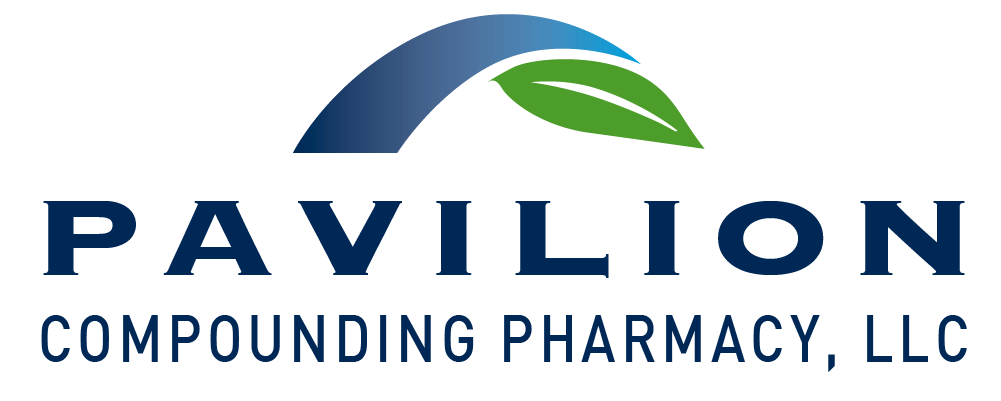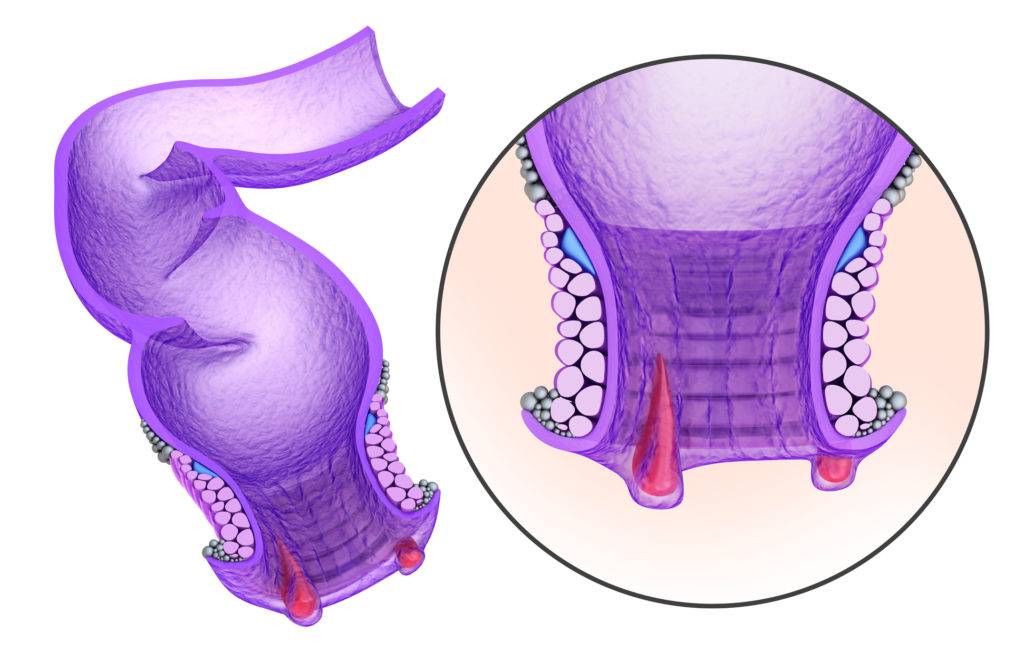Diltiazem Ointment for Anal Fissures
Doctors commonly prescribe diltiazem to treat high blood pressure and to control the type of chest pain known as angina. Many doctors also prescribe diltiazem-ointment for anal fissures, an uncomfortable condition suffered most often by infants and middle-aged adults.
The American Society of Colon and Rectal Surgeons defines an anal fissure as “a small rip or tear in the lining of the anal canal.” The condition is common but often confused with hemorrhoids, which are swollen veins in the lowest part of the rectum and skin around the anus. Both conditions can cause discomfort and bleeding.
Anal fissures are usually the result of trauma to the inner lining of the anus from a bowel movement or from other stretching of the anal canal. A hard, dry bowel movement or loose, frequent bowel movements can lead to anal fissures. Some people are more prone to developing anal fissures, particularly those with a tight anal sphincter. Less commonly, inflammatory bowel disease, anal infections, or tumors can cause anal fissures.
About 250,000 new cases of anal fissures occur in the United States each year, but the number of cases could be much higher, as many may attribute the symptoms to hemorrhoids.
Symptoms of anal fissures
An anal fissure usually causes a sharp pain that begins with the passage of stool and can continue for several minutes to a few hours. To prevent further pain, many patients try to avoid having bowel movements. Patients may notice bright red blood on the stool or toilet paper following a bowel movement. Those with chronic anal fissures may have a small lump or skin tag located on the skin near the anal fissure.
Treatment for Anal Fissures
Anal fissure treatment depends largely on the cause and severity of the symptoms. To treat anal fissures, doctors typically suggest dietary and lifestyle changes, along with medications.
Dietary treatment for anal fissures includes a high-fiber diet and over-the-counter fiber supplements to make stools soft, formed, bulky, and easier to pass. Over-the-counter stool softeners can prevent constipation and hard stools. Drinking more water can also help prevent hard stools and constipation, and can promote healing.
Warm tub baths or sitz baths lasting 10 to 20 minutes a few times per day, particularly after bowel movements, cab soothe the anal area and to help relax anal sphincter muscles. These baths can also support the healing process.
Medications for anal fissures can relieve pain and promote healing. This especially true of medications that can be applied to the skin around the anus for direct and immediate absorption into the affected area. Diltiazem and lidocaine are important medications in the treatment of anal fissures. Diltiazem relaxes the anal sphincter to aid in the healing process. Lidocaine provides pain relief by numbing the skin. Doctors avoid prescribing narcotic pain medications for anal fissures because narcotics can cause constipation, which could worsen anal fissures.
Most anal fissures do not require surgery, but chronic anal fissures may not respond to conventional treatment. A special type of surgery, known as lateral internal sphincterotomy, may be the necessary treatment of chronic anal fissures that do not improve with medication or other treatments. The procedure relieves the pressure created by the overly tight anal sphincter and allows the anal fissure to heal.
Diltiazem Ointment Provides Safe, Effective Treatment for Anal Fissures
Many doctors prescribe diltiazem hydrochloride to treat anal fissures. Diltiazem is a calcium channel blocker, which works by dilating blood vessels. Calcium works with another substance in the body to cause contraction of the heart muscle, which helps the heart pump blood. Calcium also causes blood vessels to constrict, or get smaller. Blocking the calcium, as the calcium channel blockers in diltiazem do, allows the blood vessels to relax and widen.
Diltiazem ointment relaxes the sphincter muscle, which alleviates pain and allows stool to pass more easily. This medication also promotes blood flow, which allows the healing process to begin. The ointment reduces pressure within the anal canal pressure, which diminishes pain and spasm.
Because it is in an ointment form, topical diltiazem is easy for patients to use. Patients simply apply a pea-sized drop ointment to the skin just inside the anus three times per day, or as often as directed. Depending on the severity of the anal fissure, it may take several weeks of treatment for the fissure to heal. Patients should continue using diltiazem-ointment for the entire prescribed treatment period, which can be up to 3 months or more as directed. Complete healing can take several months – up to 2 years in some cases – so patients should add fiber to their diet, increase their consumption of water, take sitz baths, and avoid prolonged sitting or straining on the commode.
The tissue near an anal fissure is typically inflamed, and inflamed tissue tends to absorb more medication into the bloodstream. This increased absorption can raise the risk of side effects, the most common of which are headaches. The risk for side effects decrease as the treatment progresses and the fissure healed.
Other options for treating anal fissures include nitroglycerin or nifedipine ointment. While these treatments are effective, they can produce more severe headaches and other side effects, which can be just as uncomfortable as the symptoms of anal fissures.
Because of area of application, producing an ointment for anal fissures requires special considerations. Diltiazem ointment tends to contain large particles of its active ingredient, which can make the final product gritty. This grittiness can be uncomfortable in the application area; it can also interfere with the absorption of the ointment into the rectal tissue.
When compounding the 2% Diltiazem ointment, it is important to run the ointment thru an ointment mill to reduce the particle size and lessen the grittiness of the final product. This procedure, also allows a larger amount of the drug to be absorbed into the rectal tissue. As any patient can tell you, there is nothing worse than a gritty rectal ointment that does not absorb well!
Patients and doctors should discuss diltiazem with their compounding pharmacists for more information about healing anal fissures. First, they should find out if their compounding pharmacy uses pure diltiazem powder, USP, which makes for a finer product. Secondly, they should ask if the compounding pharmacy takes the extra step to run the ointment through a mill, which is a piece of pharmaceutical equipment that physical breaks down coarse particles into finer ones. Using pure diltiazem powder and milling ensures a superior compounded product that is smooth, well absorbed, and elegant
Finally, they should inquire as to whether the compounding pharmacist adds anesthetics or other active ingredients to support pain relief and promote healing.
Additional Treatment Options for Anal Fissures
The compounding pharmacists at Pavilion Compounding Pharmacy can add a longer lasting anesthetic, such as lidocaine or bupivacaine, along with aloe vera to provide both pain relief and healing properties to the formula. Adding 10% Pracasil Plus®, a unique base with silicon and Pracaxi, adds to the healing process.
For more information about treating anal fissures with diltiazem ointment, contact the compounding pharmacists at Pavilion Compounding Pharmacy.





